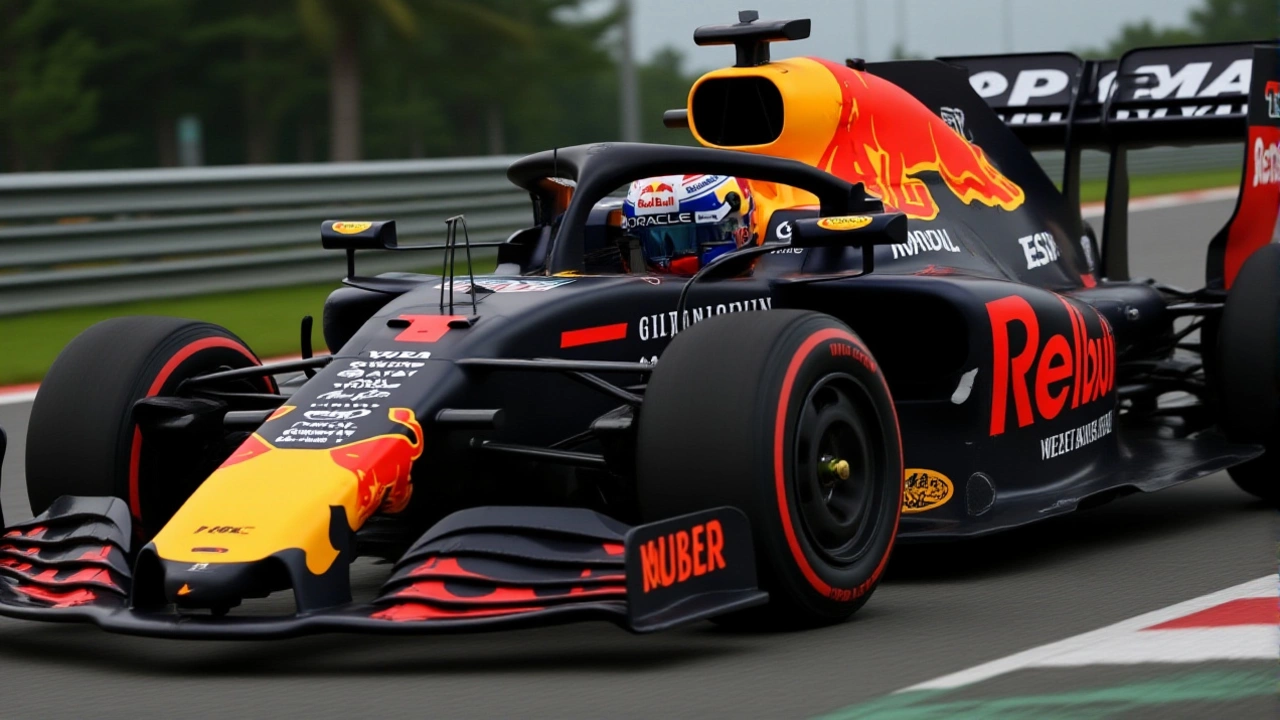Qualifying in Motorsports: How Time Trials Shape the Race
When working with qualifying, the session that decides the starting order for a race by measuring each driver's fastest lap. Also known as time trial, it determines the grid position and sets the tone for the race weekend. Across Formula 1, IndyCar, NASCAR and rally, qualifying is the high‑stakes puzzle where aerodynamics, tyre choice and driver confidence intersect, and the payoff is a better chance to win when the lights go out.
Why Lap Time Matters More Than You Think
In every qualifying run, the key metric is the lap time. A single hundredth of a second can mean the difference between pole and starting mid‑pack. Drivers treat the session like a sprint; they must extract peak grip, manage engine revs, and hit the apex with surgical precision. Teams, on the other hand, juggle fuel loads, tyre compounds and aerodynamic settings to shave off those precious milliseconds. The result is a vivid example of the semantic triple: qualifying requires optimal lap time, optimal lap time influences grid position, and grid position affects race strategy.
Understanding how qualifying works also shines a light on driver skill development. Aspiring racers often start by mastering time‑trial techniques in karting or club‑level events before moving up to national series. The same learning curve appears in our post “How to learn about motorsports?”, where the author stresses watching qualifying footage to see how professionals balance aggression and precision. This practical approach helps newcomers grasp the nuances of tyre temperature, braking zones and the mental focus needed to deliver a clean lap.
Different racing disciplines add their own flavour to qualifying. In IndyCar, for example, the shift to ethanol fuel means engines respond uniquely under full‑throttle bursts, a fact highlighted in the article “Is IndyCar fuel leaded?”. NASCAR’s group qualifying format can compress multiple cars onto the track at once, creating traffic challenges that mirror street‑racing tactics discussed in the “How common is street racing” piece. Rally events, unlike circuit racing, often use a “super‑special” stage as a qualifying‑like shoot‑out, testing the driver‑co‑driver partnership mentioned in the “What is rally racing?” article. These variations illustrate the triple: qualifying varies across motorsport categories, category shapes strategy, strategy determines outcome.
Team strategy plays a silent but vital role. Engineers analyse previous lap data, weather forecasts and track evolution to decide which tyre compound to run in qualifying. A softer tyre can grant extra grip but may degrade quickly, forcing a compromise between a blistering single lap and a sustainable race pace. This decision‑making process connects to the broader theme of “Does car racing actually take skills?” where mechanical knowledge, physics intuition and quick decision‑making are listed as essential skills. When a team nails the qualifying setup, the driver can focus on pure speed, turning the session into a showcase of pure talent.
All this means that qualifying is more than a pre‑race formality – it’s a micro‑cosm of the entire race weekend. Whether you’re a fan reading about the latest Championship thrill at Deepdale or a beginner exploring motorsports fundamentals, the qualifying session gives you a front‑row seat to the strategic depth of racing. Below you’ll find a hand‑picked selection of articles that dive into qualifying tactics, driver skill development, series‑specific rules and the science behind lap time performance. Keep reading to see how each piece adds a layer to the bigger picture of motorsport excitement.

Verstappen tops practice but Russell snatches Singapore pole
Derek Kingsworth Oct 5 0Verstappen leads Singapore practice with a new front wing, but Russell snatches pole. A traffic clash with Norris fuels tension ahead of the night race.
More Detail